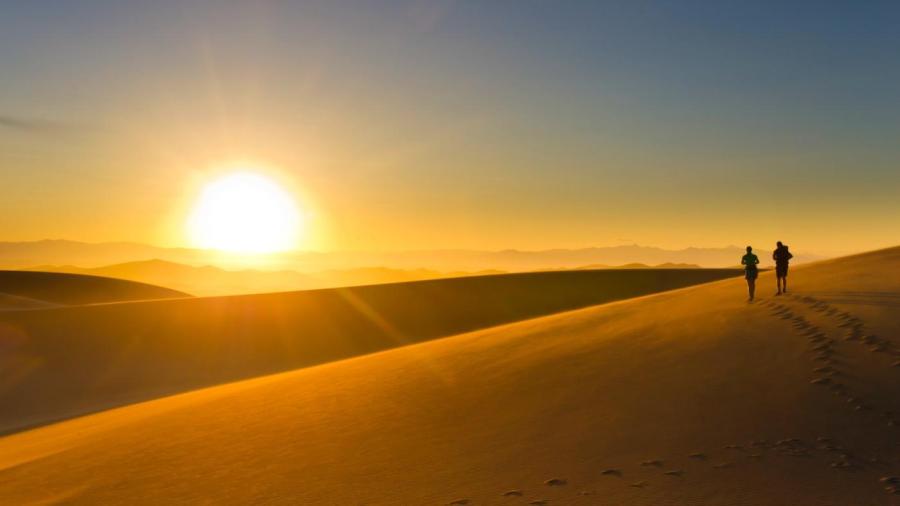Survival 101: How Do People Live in the Desert?

Deserts are difficult environments to live in. Apart from the harsh climatic conditions, scarcity of basic human needs make survival quite difficult. However, it’s possible to make life in the desert bearable.
These are the needs of people living in the deserts in order of importance: water, fire, shelter and food. It may seem absurd to rank food last but there is a good reason for this.
Water Human beings can go for three days without water and three weeks without food, notes Scientific American. Therefore, it’s important to preserve water while in the desert. Desert communities use certain tricks to maximize available water reserves.
One of the tricks that people living in the desert use is to minimize sweating in order to avoid loss of water from the body. They often rest under shades when it’s too hot and limit activities to nighttime when it’s cooler. In addition, they only drink water when it’s absolutely necessary to remain hydrated.
They often limit drinking water to a gallon a day per person. Desert dwellers often look for water reservoirs in the desert to replenish their supplies. Water can be found in areas with green vegetation. Birds and animals also tend to migrate and converge around watering holes. It’s also possible to find water reserves on the outer bends of dried up creek beds.
Fire Fire is important especially at night. It can be used to keep warm, cook food and distill water. Fire can also be used to scare wild animals away and enhance safety in the dark. At night, fire can be used to signal for help.
It’s important to learn how to make fire without matches or gasoline. The bow and drill method is one way of making fire while in the desert. Fire can also be started using flint or rocks, such as obsidian, quartz, chert, jasper and agate.
Shelter Shelter protects desert dwellers from the hot sun. Shelters can also be used for protection against rain, hail, snow or cold weather at night. Desert shades are available in various forms including tents or something as simple as hanging a sleeping bag over a bush to create shelter. While sheltering in the desert, dwellers often avoid sitting on hot rocks or ground. This may lead to sweating, which depletes water levels in the body.
Signals Signaling is important especially if you’re stranded in the desert. Signals should always be conspicuous from the surrounding environment. A mirror flash works best during the day when it’s sunny. The flashes from the mirror can be spotted miles away and above by airplanes.
Whistles are ideal for providing audible signals. When stranded, desert dwellers may blow whistles to send messages. Smoke also works as a signaling method. Burning twigs and other items may produce enough smoke to be seen from afar.
Food Desert dwellers often eat smaller portions of food. This allows the body to use less water for digestion, notes Explained Health. In addition, it trains the body to become accustomed to functioning with less food each day. If food is in short supply, dwellers can hunt wild animals like jackrabbits or gazelles for food. Wild fruit like the spiky pear cactus can also be used as food. Cactus leaves can also be eaten raw or boiled as food. Desert trees like the chia sage produce edible seeds that dwellers often consume.





